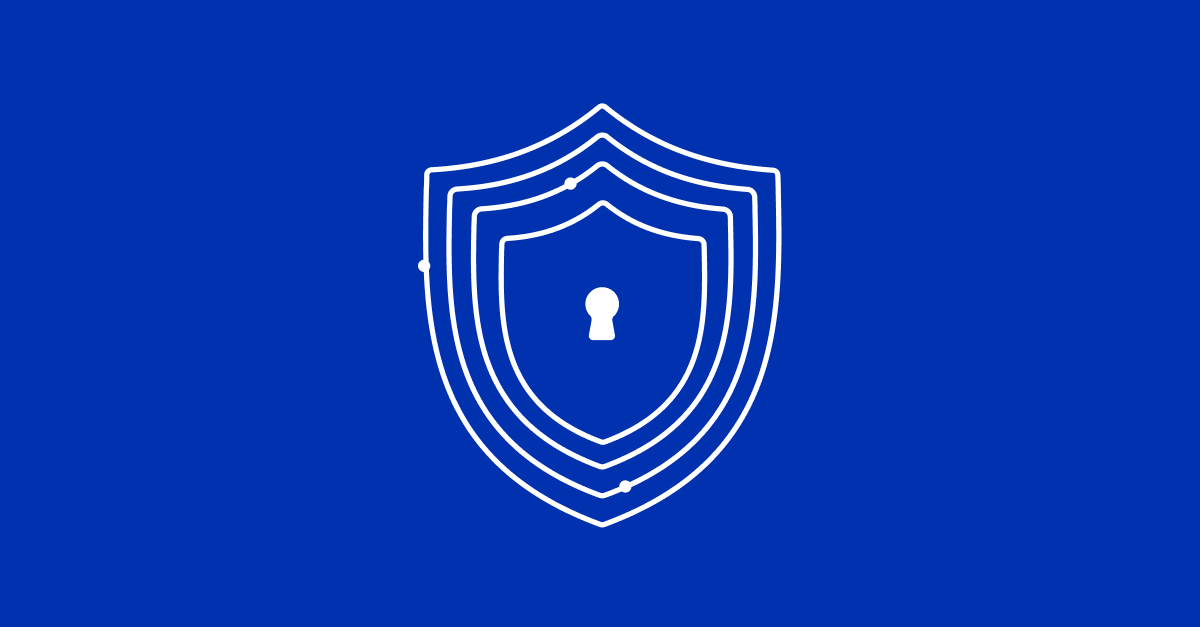
What is ultra-sensitive data, and why does it require special protection?
Ultra-sensitive data is data that, if breached, would put you out of business.
Because a breach of this data would have such disastrous consequences, it requires special protection once identified. An example is the personal data of VIP customers.
A Zero Trust approach is the most effective way to protect ultra-sensitive data. This approach means that application owners and administrators do not need to trust any third-party application or person in order to secure their ultra-sensitive data.
Zero Trust security began in the network and infrastructure world, and is now reaching the world of data – and is especially relevant for ultra-sensitive data.
Odaseva’s newest eBook, “How to Secure Ultra-Sensitive Data with a Zero Trust Approach” details the 5 key architecture rules for protecting ultra-sensitive data, including challenges and solutions for each rule.
The eBook also reveals two best practices to put in place so you can manage usability versus security.
Read a summary of the 5 key architecture rules for protecting ultra-sensitive data below, and if you’d like more detail you can get the full eBook here.
What would you do if all of your security measures broke at the moment your data was exported?
How do you understand all the activity that happens to your ultra-sensitive data, including read activity?
How does the encryption method required for “standard” data differ from the method you should be using for ultra-sensitive data?
Understanding where the encryption and especially the decryption takes place is very important when it comes to protecting ultra-sensitive data. Do you know where decrypted data is exposed to potential threat actors?
What if an attacker manages to steal your application Admin’s credentials?
These five key principles can be complemented by two best practices, which help balance usability vs. security. Learn these best practices, and get more detail on each of the above architecture rules, in our eBook now: How to Secure Ultra-Sensitive Data with a Zero Trust Approach